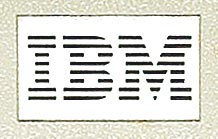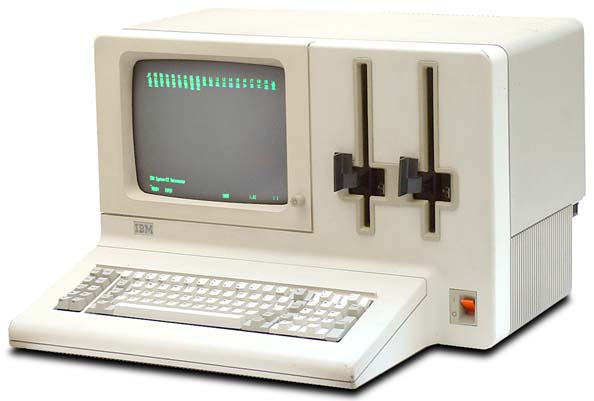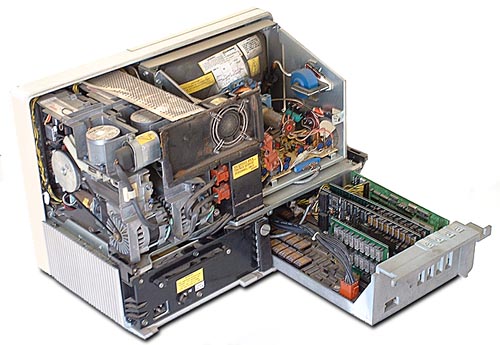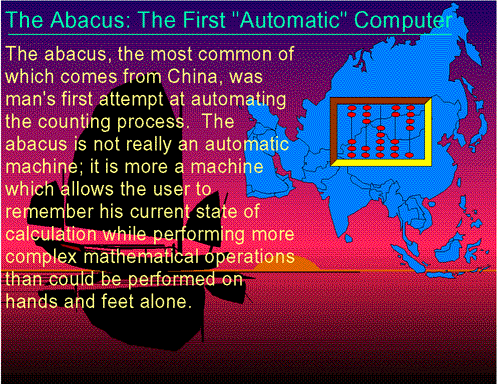The blackboard revolutionized education. In our present age of continually evolving desktop, laptop and palm computers, photocopy equipment, PowerPoint presentations, video displays, interactive whiteboards, and internet access, it's startling to realize that the "technology" to first influence education was the invention of these black slate writing boards (also known as chalkboards).
Teaching could be a tedious and challenging business for American teachers before the chalkboard was a teaching tool. Whether they were in eastern academies or schoolrooms on the prairies, prior to 1801, teachers and schools had no means of visually presenting information to a roomful of students all at once, no means of presenting large concept and historical overviews for the entire class to view, grasp and discuss.
Blackboards, easels,
corkboards and contemporary
whiteboards may seem to us to have always been standard equipment in schoolrooms as well as business boardrooms, but none of these basic tools even existed in classrooms prior to 1801.
Supplies of pencils and paper were often in short supply or unaffordable for families. Without a means of making mass copies, hand outs, too, were a rarity since the teachers would have to hand a set for each of their students.
Students sat in schoolrooms with handheld slates upon which to write assignments. These were usually made of a wood board painted over with black grit, though some were made of porcelain imported from the United Kingdom. Teachers would then have to go from student to student copying, for example, a math problem onto each student's individual slate. Some weren't so fortunate.
When Mrs. Olive M. Isbell opened the first school in California school in 1846 she lacked slate, blackboard and paper, and so wrote the alphabet on the back of her pupils hands.
The expense of materials and the individual attention required by such presentation methods, caused small class enrollment and slowed instruction.
Related Products:
When were chalkboards first used for instruction? James Pillans, Headmaster of the Old High School of Edinburgh, Scotland, is widely credited for inventing the blackboard and colored chalk which he used to teach geography.
Mr. George Baron, an instructor at West Point Military Academy, is considered to be the first American instructor to incorporate the use of a large black chalk board into the presentation of his math lessons in 1801. However, it's probable that a few other schools had access to it, also.
Thanks to such "out of the box" thinking on the part of a few instructors, the benefits of chalk and blackboards became clearly apparent.
Schoolhouses across America that could afford the slate material adopted the medium because it saved teachers re-writing and allowed them to educate larger numbers of students easily. Large-size slabs of slate boards were ordered and shipped across America via the ever-expanding railroad systems.
Even single-room schoolhouses in far rural areas of the country began enjoying the use of this innovative teaching tool. By the mid-1800s, a blackboard was to be found in almost every school and had become the single most important educational tool. Chalk boards remained the primary all-around educational fixture in schoolrooms and businesses for almost 200 years. Even the
corkboard wasn't invented for presentations until 1891.
These boards became equally important in business offices. Blackboards soon became equally important in business organizations, as well as in the fields of math and science, long before the materials were even invented from which whiteboards could be manufactured. Thanks to the chalk board, not only were large amounts of people in the same room able to be presented with the same material all at once, but these boards also became a method of working out long strings of problems and "brain storming" new concepts among several people at once.
Some people, like the famous fellow at right, were known to do some of their best work on black boards!
Albert Einstein
It was not until the 1960s that the slate blackboard began to give way to boards manufactured with steel boards coated with porcelain enamel. At that point, green colored boards began gaining popularity as they also allowed rooms to have a less stark appearance compared to the typical black color, and the erased chalk powder was less obvious on this green colored board. The use of the term "chalkboard" gained increasing general popularity once black was no longer the only standard color.
Presentation media continues to evolve. Whiteboards (a.k.a. marker boards, or dry erase boards) did not begin to appear in business organizations until the mid-1980s, and 21% of all U.S. schools had converted from blackboards to whiteboards by the late 1990s.
The chalk board still has plenty of benefits today despite the relatively recent advance of
white boards:
No longer made from the original slate as they were in the early 1800s, chalkboards are built stronger, more resilient, and many are also built to act as effective "projection screens." These boards continue to be just as capable "teacher and business aids" as they've always been!
Chalk boards are available in a variety of sizes and styles, can be mobile, mounted to walls, or hand-held.
Many educators assert that the grit texture of the chalkboard surface adds just enough resistance help children when write on the boards. The effect of the slickness of whiteboards for young writers, on the other hand, has caused some concern.
Chalk (and dust-free chalk) is now available in a variety of colors, so you're able to make your presentations bold and bright.
The invention of "dust-free" chalk plus test results proving that even standard board chalk is free of toxic substances (scroll down for more information) eliminates major concerns about using chalk.
Chalk generally lasts longer, doesn't dry out, and is less expensive to restock (easier on your budget) than whiteboard markers, particularly for high velocity users.
Chalk can be washed out of clothes and off skin much easier than dry-erase markers.
Chalk writing boards are easy to clean with just a damp sponge, so chemical cleansers aren't necessary.
Despite the industry and marketing pressure to transition to whiteboards, the chalk presentation board continues to be a favorite tool in schools, universities, and homes. Many teachers believe the "resistance" offered by a blackboard aids young new writers far better than the easy slip boards. Chalk also lasts longer than dry erase pens which dry out very quickly if left uncapped.
There have been three primary concerns about the continued use of chalkboards:
First, concerns that chalk might contain asbestos or "transitional fibers" were laid to rest in October 2002. A report issued by the U.S. Consumer Product Safety Commission found no such harmful materials in chalk after extensive test sampling from the five major manufacturers (Crayola, Prang, Pentech, Curiousity Kits, and Sketch & Scribble). Neither is chalk manufactured with talc, which has the potential to "bind" with asbestos and other transitional fibers. CPSC noted they would continue to monitor the materials to ensure safety, and no issue has yet arisen.
Allergies are a second concern. This may certainly be a problem for some percentage of people who have an allergy to such things as dust particles, though non-dust chalks have been developed that may solve that problem for many.
With the increasing presence of computers in classrooms, the potential impact of chalk dust has been a stated concern. Dust can damage computers, and chalk is, essentially, compressed dust. Yet this appears to be less of an issue with many than it sounds. As Nancy Myers, an Indiana school planner whose firm works with educational institutions, noted in a CNN "News for Students" interview (June 2, 2002), "The truth is, unless the computers are sitting right on top of the chalkboards, there isn't going to be an issue."
works cited:
http://www.ergoindemand.com/about_chalkboards.htm

 6) At other times offices want to make duplicates of incoming or old documents. Until the 20th century pen and ink, and eventually the typewriter, remained the only technologies for copying most incoming documents. In the late 20th century, all these needs were met by photocopying machines and by electronic storage, transmission and scanning.
6) At other times offices want to make duplicates of incoming or old documents. Until the 20th century pen and ink, and eventually the typewriter, remained the only technologies for copying most incoming documents. In the late 20th century, all these needs were met by photocopying machines and by electronic storage, transmission and scanning.

















 By the early 1900s, pencil manufacturers needed additional sources of wood, and turned to California's Sierra Nevada mountains. There they found Incense-cedar, a species that grew in abundance and made superior pencils. California Incense-cedar
By the early 1900s, pencil manufacturers needed additional sources of wood, and turned to California's Sierra Nevada mountains. There they found Incense-cedar, a species that grew in abundance and made superior pencils. California Incense-cedar